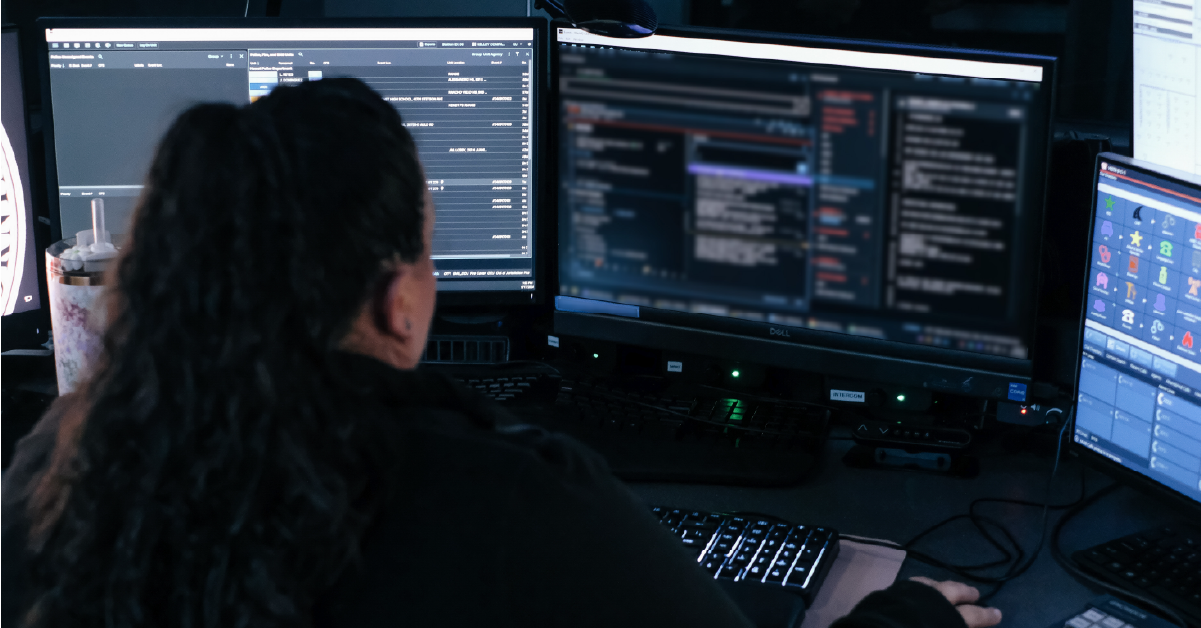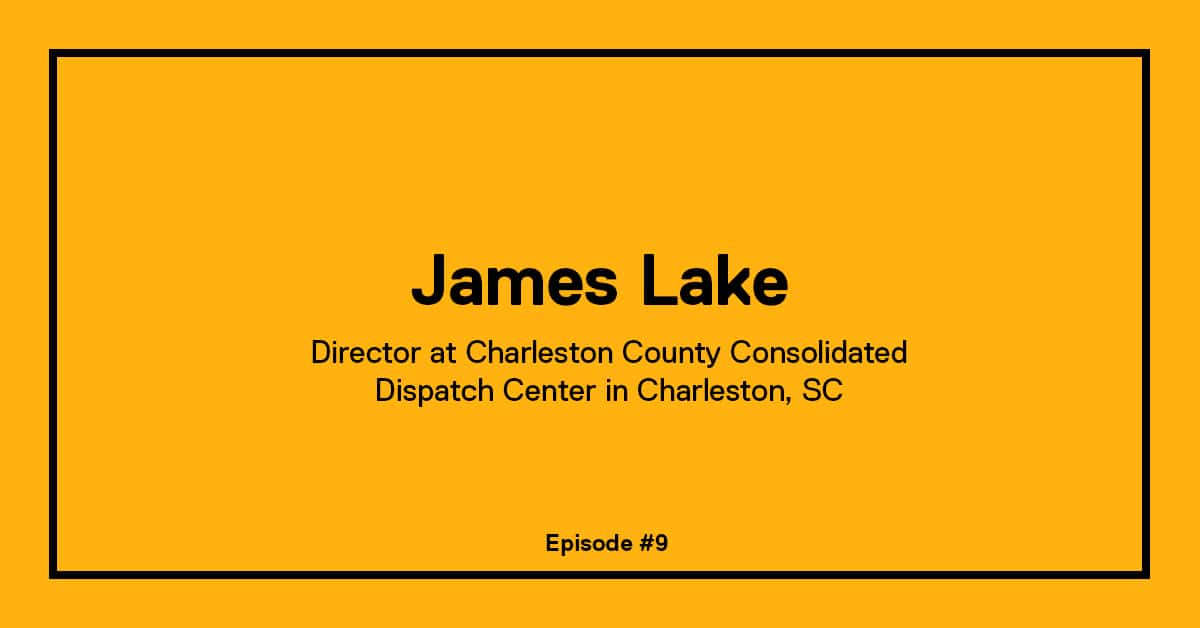
The world is changing. We heat our homes from our phones, we lock our doors from our phones, we bank from our phones, we can even start our cars from our phones.
Our cell phones do everything these days. They’re cameras, social media machines, file storage systems, and music players.
But what hasn’t changed much in the past 50 years is 911 technology. The way you dialed 911 50 years ago is for the most part the same way you dial 911 today. And the way you interacted with 911 back then has remained largely unchanged.
Enter Next Generation 911, or NG911. What is it? What does it mean? What are the benefits, and what are the concerns?
[popup_trigger id=”1576″ tag=”pinpoint”]
[/popup_trigger]
Paul Lisker, a deployments engineer from Mark43 has worked at the nexus of government and technology as a forward deployed engineer at Palantir and, while an undergraduate at Harvard, as a fellow in technology and data governance at the Federal Trade Commission. On this episode of the Pinpoint by Mark 43 podcast, we discussed the future of NG911 with him, including his work on the psychological impact of traumatic imagery on dispatchers.”




